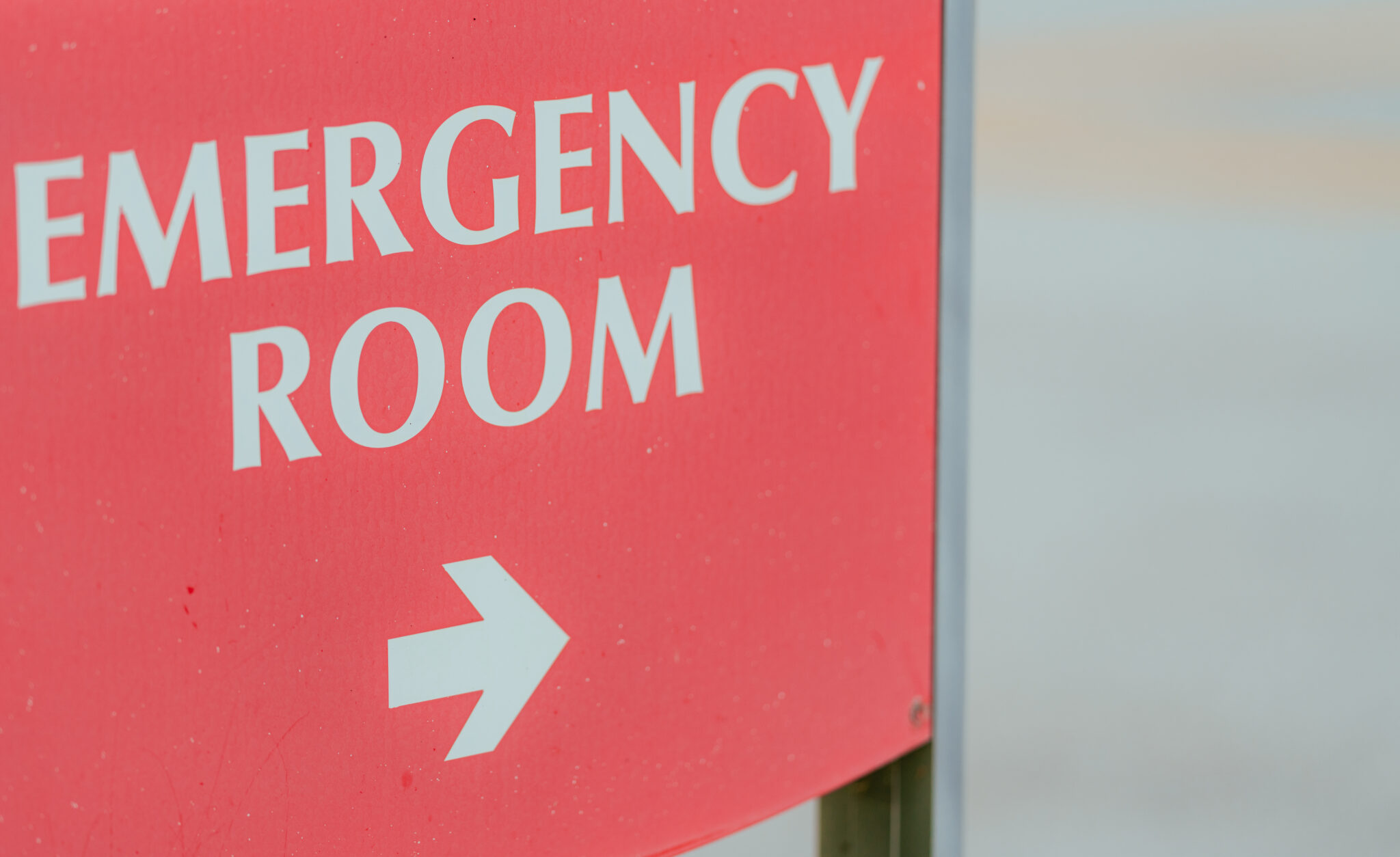When patients arrive at a hospital or large medical complex, they are often experiencing a lot of anxiety. In those moments, clear, well designed wayfinding signage can make all the difference in reducing dress and confusion while improving patient experience. Here, we will go over a guide to hospital wayfinding signage design that not only directs patients where they need to go, but reinforces your facility’s professionalism, accessibility and brand identity.
Start With a Strategic Signage Plan
Effective wayfinding signage for hospitals does not happen by accident. It begins with a thorough assessment of your facility’s layout, traffic flow, and patient needs. Here are some things to consider while planning your sign plan:
- Identify key points in your building – Entrances, elevators, nurse stations and intersecting hallways are critical locations for signage placement.
- Map patient journeys – Consider the different paths that visitors might take. Whether it is from the main lobby to your outpatient clinic, surgical center, or emergency rooms, help everyone that walks through your doors get to where they need to go.
- Plan for expansion – Hospitals grow and change, so design your signage system so that it can be updated without having to replace everything.
Prioritize Clarity and Readability
In hospital signage design, simplicity is key. Visitors should not have to stop what they are doing to decipher complicated language or visuals. Here are some considerations for your new signage:
- Use large, high-contrast lettering for easy-to-read signage at a distance.
- Stick to universally recognized icons for restrooms, elevators, and emergency exits.
- Avoid medical jargon and opt for plain language whenever possible.
Maintain Consistency and Branding
Consistency builds trust and helps visitors feel oriented throughout your facility. Some considerations should include:
- Use the same color palette, typography, and style across all signs.
- Implement color-coded zones for different departments or wings.
- Keep directional arrows consistent in size, shape, and placement.
- Incorporate your logo, colors, and design elements into your wayfinding signs without sacrificing readability.
Ensure ADA Compliance
Hospitals serve a diverse population, including individuals with disabilities. People that have visual impairments have certain needs that have to be met when it comes to signs. All wayfinding signage for hospitals should meet ADA standards:
- Include braille and tactile lettering for the visually impaired.
- Use anti-glare finishes to improve legibility under hospital lighting.
Plan for Digital Integration
Modern hospital signage design often includes digital displays for real-time updates, event information, and emergency alerts. Some considerations could include:
- Using screens such as kiosks or interactive maps in high-traffic areas to reduce paper postings.
- Place QR codes on existing signage that link to additional information.
- Ensure everything is clear, concise and ADA compliant.
Hospitals are high-pressure environments. When visitors can find their way around without frustration, it improves patient satisfaction, streamlines operations, and reduces staff interruptions. At Bartush Signs, we have helped healthcare facilities across Pennsylvania design, create and install custom wayfinding signage for hospitals that are built to last. If you are ready to upgrade your hospital signage, contact our team today and let us help you create unique signs that fit your needs.








